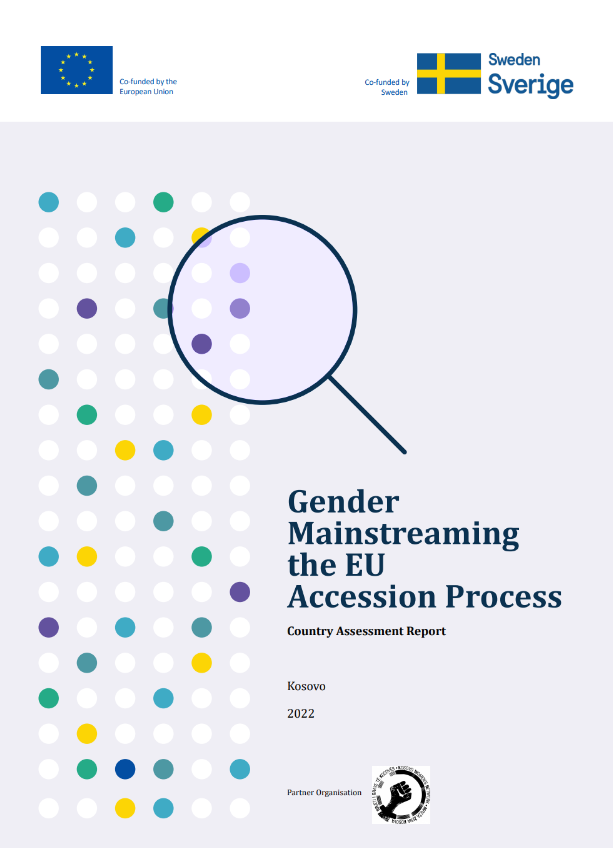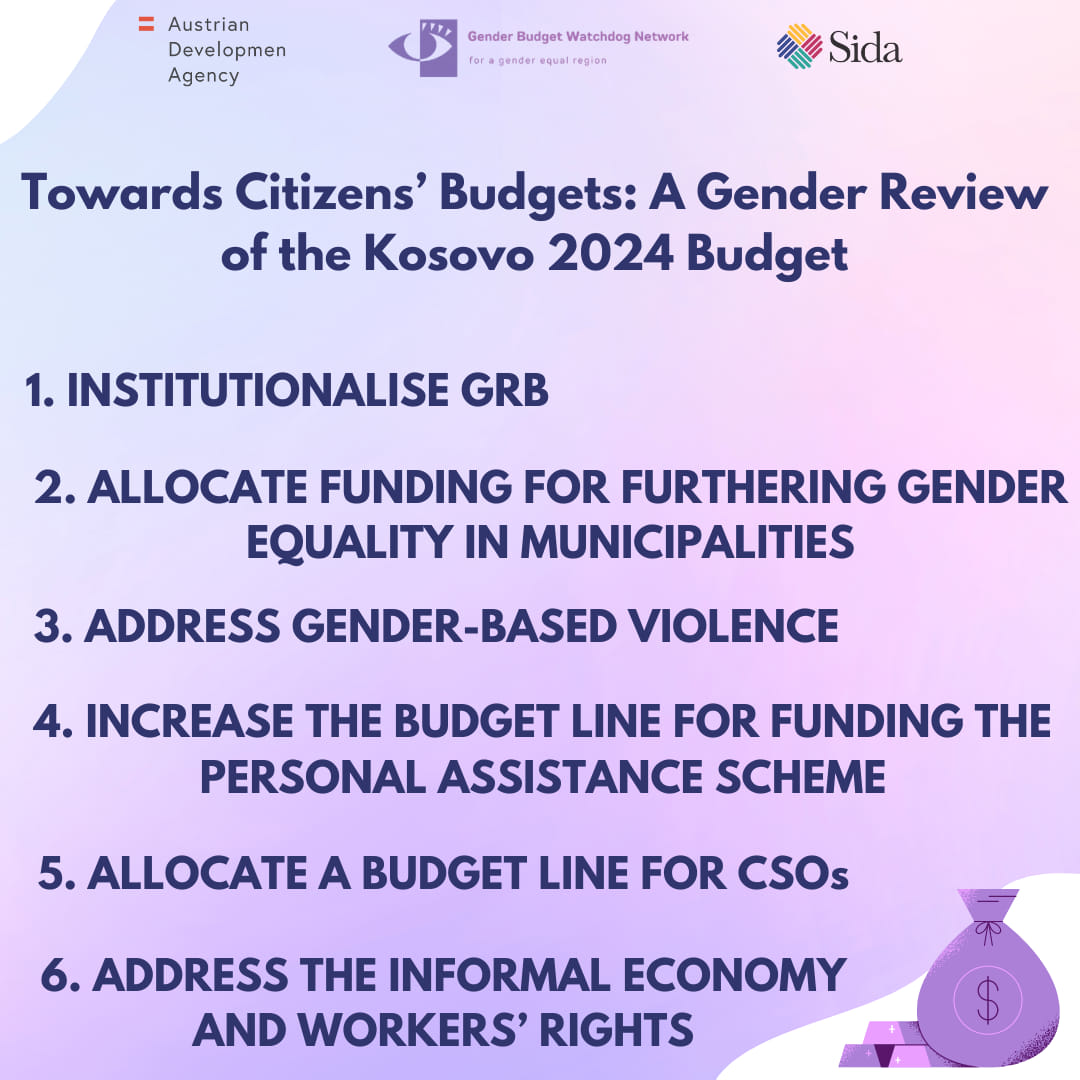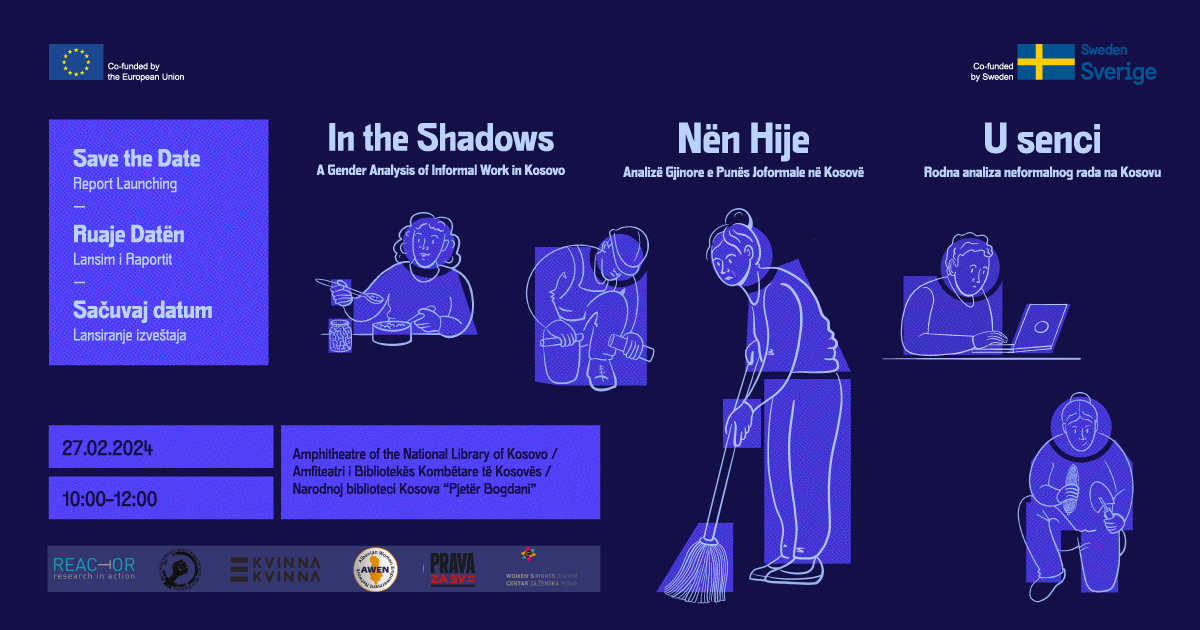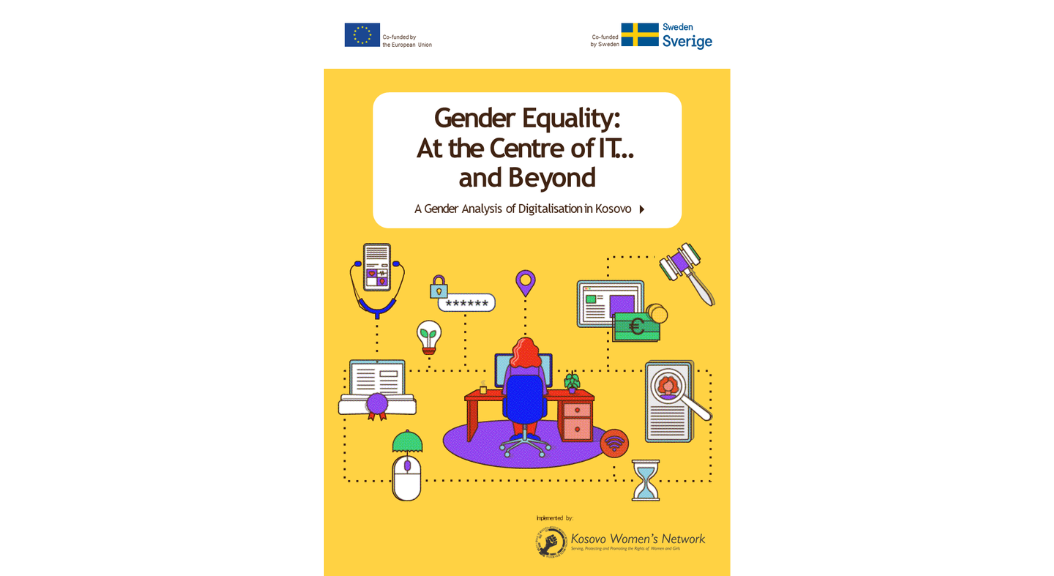Kosovo submitted its application for EU membership in December 2022, so no chapters have been opened yet for screening.1 Meanwhile, the Government of Kosovo and European Union (EU) have made several commitments to furthering gender equality, including as part of the EU Accession process. Based on official policy indicators and a methodology shared across the Western Balkan (WB) region, this policy brief monitors and reports on progress made in furthering gender equality in relation to key EU Accession-related processes and political dialogues in 2022. The brief aims to provide government and EU officials with insight and recommendations on how to further improve a gender perspective within these processes, as well as to inform women’s rights organisations’ (WCSOs) advocacy for a more gender transformative EU Accession process. The Kosovo Women’s Network (KWN) conducted monitoring and produced this brief using a methodology developed by partner organisations of the Regional Coalition for Gender Equality in the EU Accession Process (EQUAPRO) as part of our joint Action “Furthering Gender Equality through the EU Accession Process” co-funded by the European Commission and Sweden. The indicators used derive from the Joint Communication on the new Gender Action Plan III – An Ambitious Agenda for Gender Equality and Women’s Empowerment in External Action accompanied by its Objectives and Indicators, also known as the EU Gender Action Plan III (GAP III).
Monitoring focuses on two key actors responsible for integrating a gender-perspective in the EU Accession process: the EU and government bodies. Notably, multiple EU bodies operate in Kosovo, and they are discussed as relevant: the European Union Office in Kosovo (EUOK), European Union Special Representative (EUSR) in Kosovo and the European Rule of Law Mission in Kosovo (EULEX). The methodology involved mixed methods including content analysis, participant observation, and data requests from key informants. For each indicator, tables compare findings from 2021 and 2022. The last column of each table assesses changes using a five-point scale where “-1” illustrates significant regression, “-0.5” signifies slight regression, “0” is no change, “0.5” illustrates some improvement, and “1” is significant improvement or complete implementation. This is used to assess the overall regress or progress in further integrating a gender perspective in the EU Accession process.






